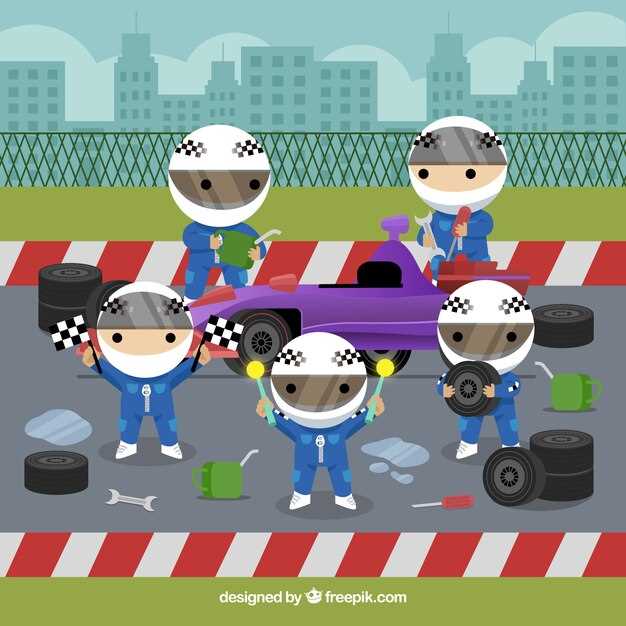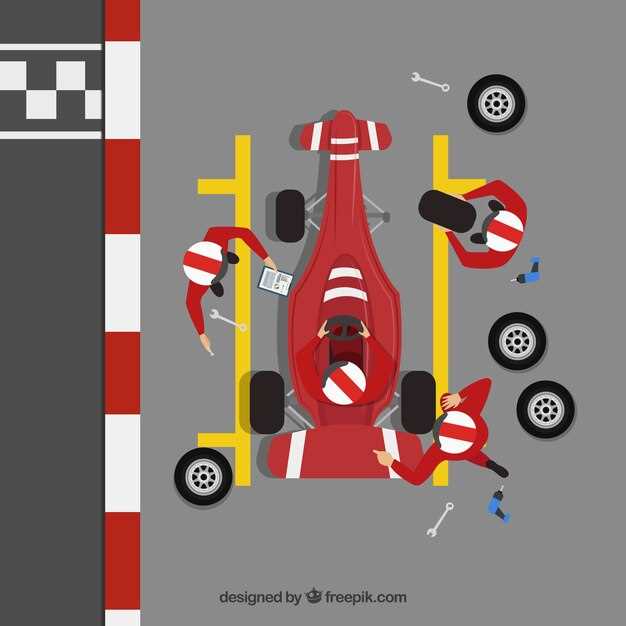
When it comes to racing, speed and skill are paramount, but even the most talented drivers must adhere to certain rules to ensure safety on the track. Understanding safe passing techniques is essential not only for personal safety but also for the well-being of fellow competitors. In a high-stakes environment like a racetrack, proper execution of passing maneuvers can significantly impact the outcome of the race.
Effective passing requires both strategic planning and precise execution. Drivers must be aware of their surroundings, the position of other cars, and the track conditions at all times. Successful overtaking is more than just accelerating past an opponent; it involves timing, awareness, and respect for the racing line. This article will delve into the key techniques and best practices that every driver should master to navigate the complexities of racing safely.
By following established protocols and practicing safe passing methods, drivers can minimize risks and enhance their performance. A thorough understanding of these strategies will not only increase competitiveness but will also foster a culture of safety and respect on the track, allowing everyone to enjoy the thrill of racing while prioritizing safety.
Understanding Track Layout and Cornering Dynamics
To master safe passing techniques on the racetrack, it is crucial to comprehend the track layout and cornering dynamics. Each racetrack presents a unique configuration of straightaways and corners that link together to create a challenging driving environment. Understanding these elements not only enhances a driver’s performance but also influences their strategy for overtaking opponents.
The geometry of the track, including elevation changes and corner angles, significantly affects how a car behaves during cornering. For instance, sharp turns require a different approach compared to gentle bends. Drivers must recognize the apex of each corner; this is the optimal point to navigate through the turn. Mastering the apex allows drivers to maintain speed and enhance their control, essential for executing safe overtakes.
Moreover, knowledge of track limits is vital. Each racetrack has specific rules that dictate where a car can and cannot go. Exceeding these limits often results in penalties or loss of control. Familiarity with these boundaries helps drivers make calculated decisions during overtaking maneuvers, ensuring they stay within the rules while maximizing their racing line.
When analyzing cornering dynamics, drivers must also consider the braking points. Proper timing when approaching a corner can create opportunities for safe overtaking. By braking late but controlled, a driver can gain a slight advantage on competitors before entering a turn. Understanding the braking distance and capabilities of one’s vehicle in relation to the car ahead can lead to successful overtakes without risking collisions.
In conclusion, a thorough understanding of track layout and cornering dynamics lays the foundation for executing safe and effective overtaking on the racetrack. By recognizing the importance of geometry, track limits, and braking points, drivers can navigate corners more efficiently, making strategic decisions that align with racing rules while prioritizing safety.
Situational Awareness During Overtaking Maneuvers

Effective overtaking on the racetrack requires keen situational awareness to ensure safety for both the overtaking and the overtaken vehicles. Here are essential considerations that every driver should keep in mind:
- Understanding Track Layout: Familiarize yourself with the track’s layout, including turns, elevation changes, and potential blind spots. This knowledge is crucial during overtaking.
- Recognizing Other Drivers: Pay attention to the behavior of other drivers. Identify those who are predictable versus those who may take unexpected actions.
Situational awareness also involves continuous scanning of your surroundings. Here are specific aspects to focus on:
- Mirrors: Regularly check your mirrors to assess the distance and speed of vehicles behind and beside you.
- Track Conditions: Monitor the track surface for changes that could affect grip, especially in corners where overtaking might occur.
- Vehicle Performance: Be aware of your car’s capabilities as well as those of competitors. Know when and where your vehicle can safely overtake.
- Race Rules: Adhere to racing rules regarding overtaking, such as respecting track limits and maintaining correct racing lines.
In addition to these factors, clear communication with other drivers is vital. Use signals and maintain eye contact when possible to convey your intentions. This reduces the likelihood of misunderstandings during overtaking, making for a safer racetrack experience.
By maintaining situational awareness, drivers can execute overtaking maneuvers more effectively while minimizing risks associated with such actions. Always prioritize safety and respect the rules of racing, ensuring an enjoyable experience for all participants.
Communication and Signals for Safe Passing

Effective communication on the racetrack is crucial to ensure safety during passing maneuvers. Drivers must adhere to a set of established rules that dictate how to signal their intentions clearly. The primary method of communication is through the use of hand signals, which can indicate a desire to pass, as well as the position of the car during the maneuver.
When approaching a slower vehicle, the driver should begin by assessing the track conditions and the proximity of other competitors. A clear and deliberate signal, such as raising a hand or using specific indicators, will inform the driver ahead that they intend to overtake. This practice minimizes confusion and helps maintain safety throughout the passing process.
In addition to hand signals, verbal communication via team radios can enhance awareness on the track. Spotters often play a vital role in this aspect, relaying information about the positions and speeds of surrounding cars. Utilizing this information allows drivers to make informed decisions while navigating complex situations, ensuring that passing occurs in a safe and coordinated manner.
Establishing a system of communication and adhering to the rules of signaling can greatly reduce the risks associated with passing on the track. When both drivers are informed of each other’s intentions, the likelihood of collisions decreases, resulting in a smoother and safer racing experience.
